1. Ragdoll – The Ultimate Lap Cat
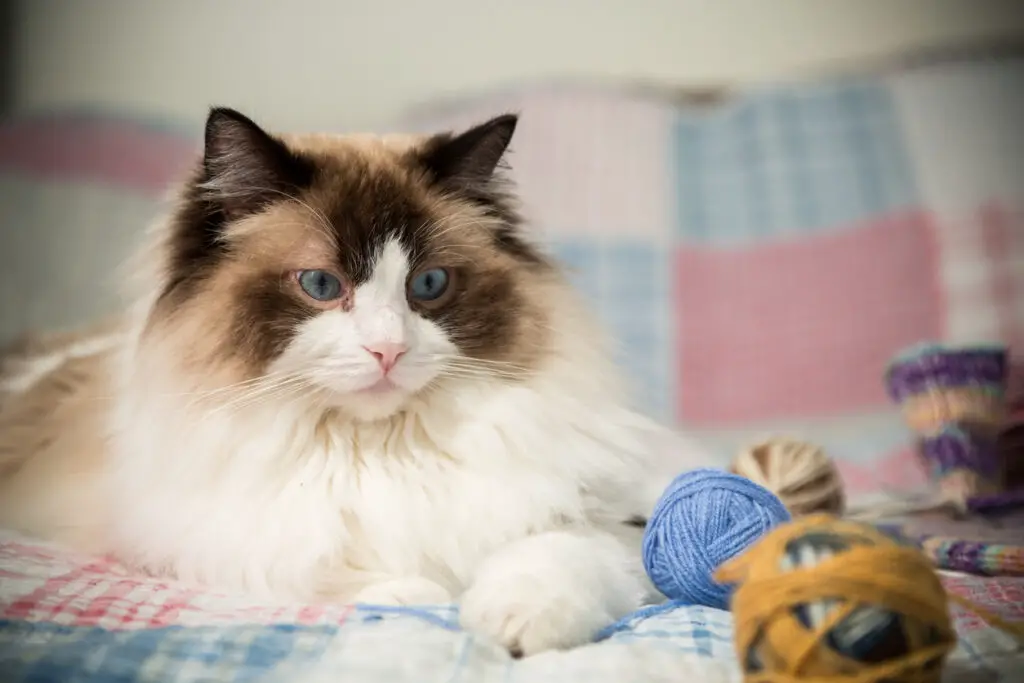
If you’ve ever dreamed of a cat that acts like a living stuffed animal, the Ragdoll is for you. These cats are famous for their floppy, relaxed nature — they’ll often go limp in your arms, hence the name. They’re affectionate, gentle, and thrive on companionship, making them great for families, kids, or anyone wanting a cuddly cat.
Despite their size (males can reach 20 pounds), Ragdolls are low-maintenance in temperament. They do, however, need regular brushing to keep their long, silky coats tangle-free.
2. Maine Coon – The Gentle Giant
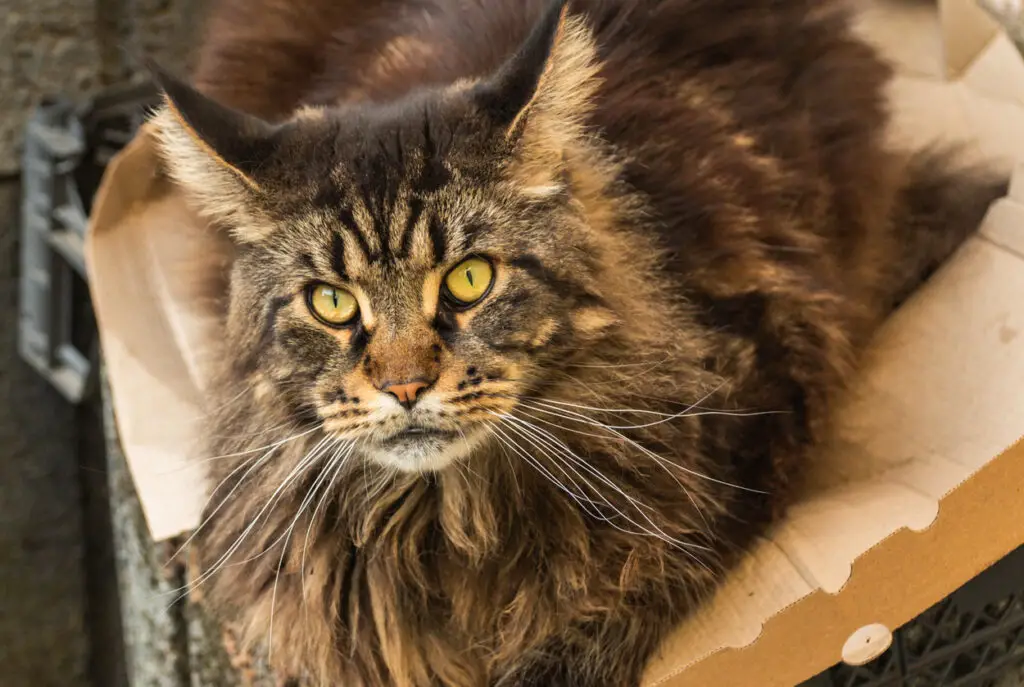
Known as “gentle giants,” Maine Coons are one of the largest domestic cat breeds, weighing up to 25 pounds. Don’t let their size fool you — they’re friendly, playful, and often described as dog-like. They enjoy fetch, exploring, and sometimes even playing in water.
Their thick coats need occasional grooming, but their affectionate yet independent nature makes them easy companions.
3. Scottish Fold – The Sweetheart with the Adorable Ears
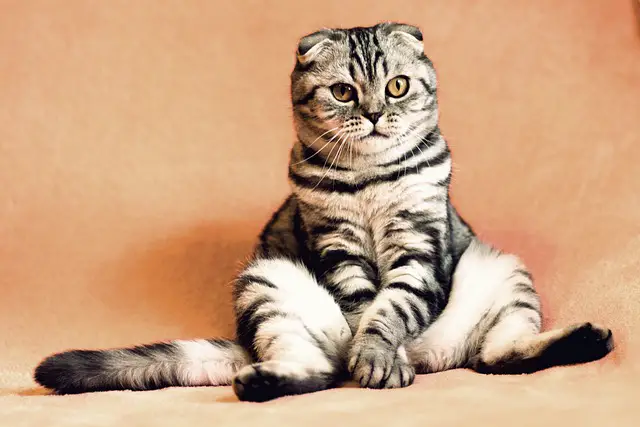
Scottish Folds are easily recognized by their folded ears and sweet, people-oriented personalities. They love attention and often sit in funny, human-like positions.
Note: Their ear fold comes from a cartilage mutation that can cause joint issues. Responsible breeders take steps to reduce risks, but potential owners should be aware of possible health concerns.
4. Siamese – The Talkative Social Butterfly
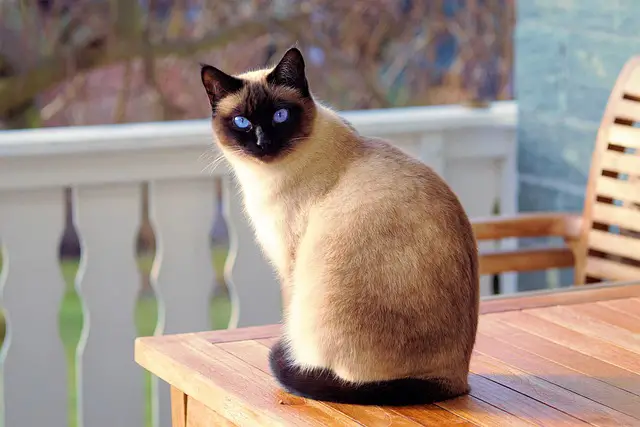
Siamese cats are vocal, expressive, and thrive on interaction. They form strong bonds, follow their humans around, and even learn tricks like fetching. If you want a social, intelligent cat that keeps you entertained, the Siamese is perfect.
They’re not a good fit for someone wanting a quiet, independent cat, but for the right home, they’re delightful companions.
5. British Shorthair – The Calm and Collected Aristocrat
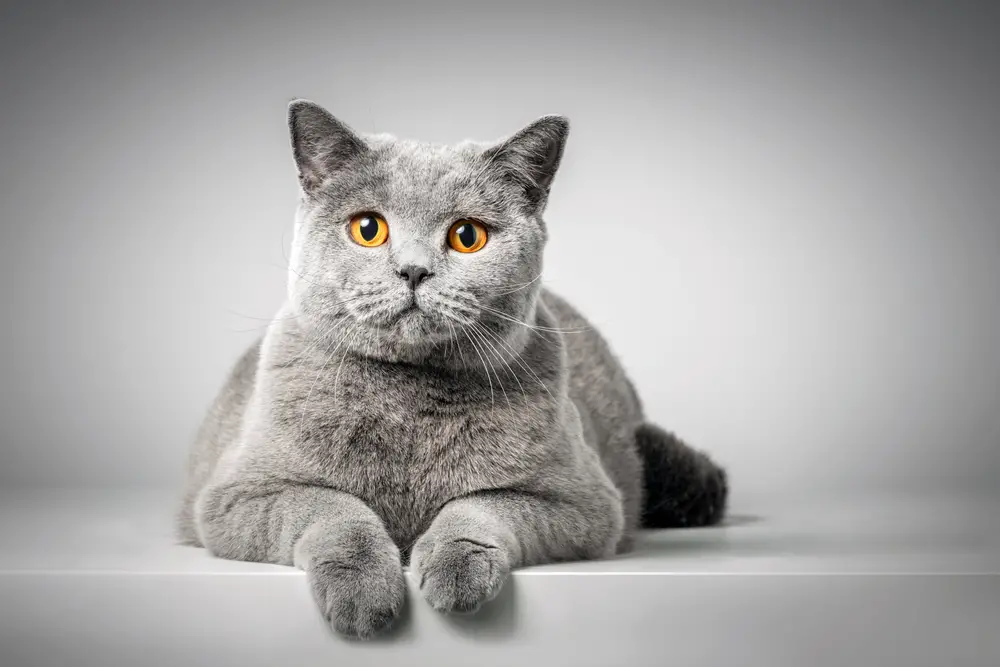
With their round faces and plush coats, British Shorthairs are often called teddy bears. They’re independent but affectionate, content to lounge nearby without being clingy. Low-maintenance, good with families, and easy to groom, they’re among the simplest cat breeds to keep.
6. Persian – The Ultimate Fluffy Royalty

Persians are calm, affectionate cats that love lounging in laps. They’re perfect for quiet homes and people who enjoy pampering their pets. The trade-off? Daily brushing to maintain their luxurious coats and some health issues tied to their flat faces. With care, they’re sweet, loving companions.
7. Burmese – The Playful Lovebug
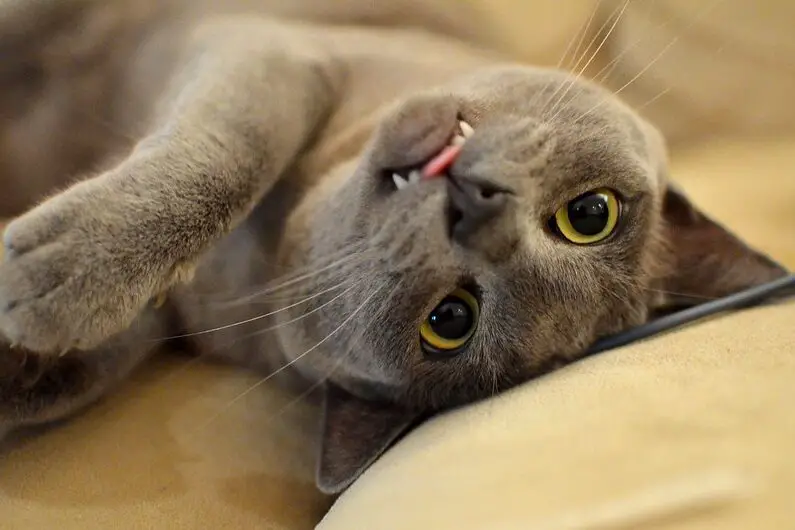
Burmese cats are social, affectionate, and playful. They crave companionship and don’t like being left alone, so they’re ideal for families or households with multiple pets. Their short coats are easy to care for, and their outgoing personalities make them wonderful companions.
8. Abyssinian – The Adventurous Explorer
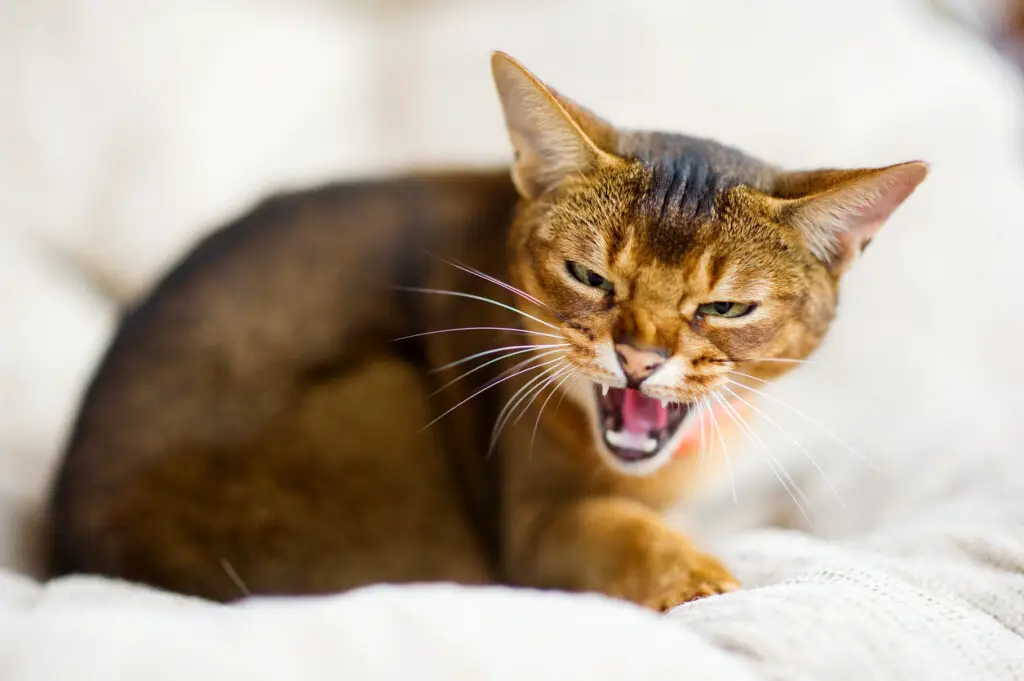
Abyssinians are curious, energetic cats that love climbing, exploring, and playing. They’re affectionate but not lap cats — instead, they like to be near you, supervising. They’re easy to groom, but they need mental and physical enrichment to thrive.
9. Russian Blue – The Quiet and Mysterious Companion
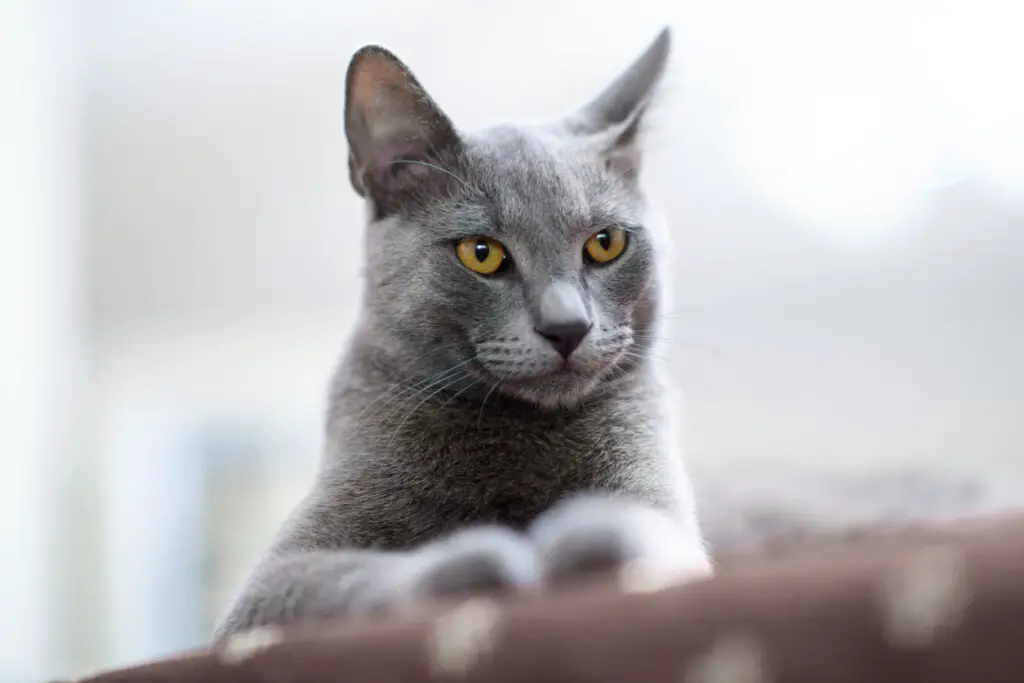
With striking blue-gray coats and green eyes, Russian Blues are gentle, intelligent, and affectionate once they bond. They prefer calm, stable homes and offer quiet companionship. Their short coats are low-maintenance, and they tend to be healthier than many breeds.
10. Norwegian Forest Cat – The Majestic Nature Lover
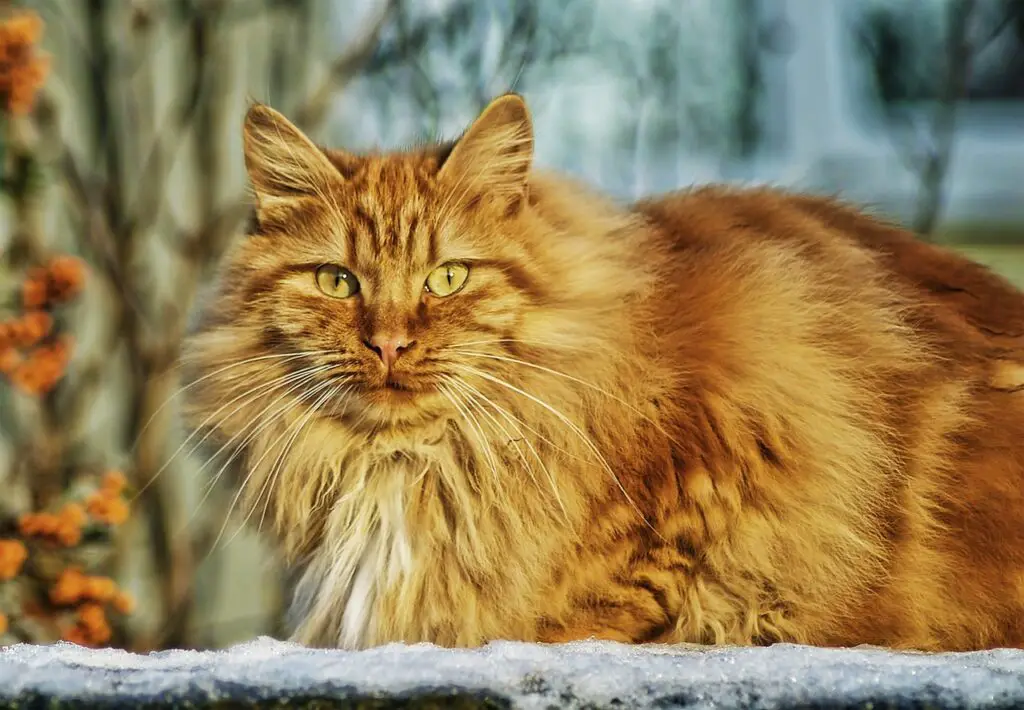
Originating from Scandinavia, Norwegian Forest Cats are large, fluffy, and friendly. Despite their wild look, they’re calm, affectionate, and great with kids and other pets. Their thick, water-resistant coats need brushing, but their gentle personalities make them easy to love.
1. Challenging: Bengal – The High Energy Wild Child
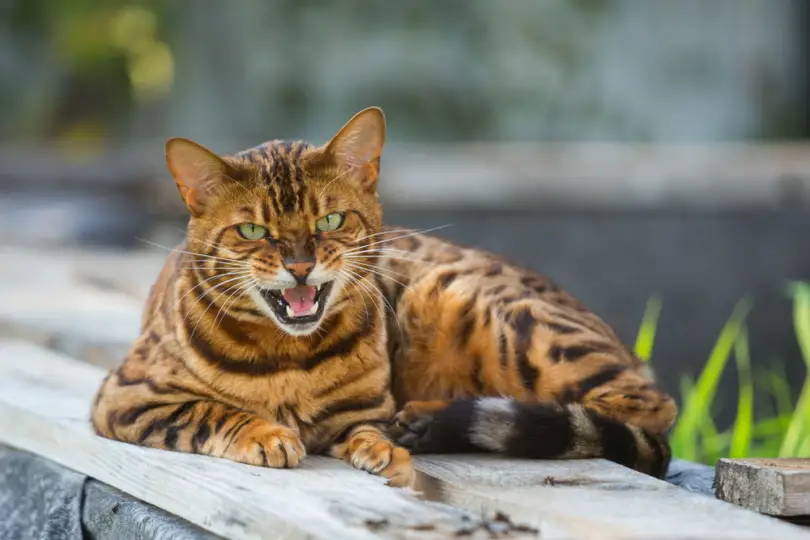
Bengals are stunning cats with leopard-like coats, but they’re extremely active and demanding. They need lots of space, climbing areas, and stimulation. Without it, they can be destructive. Not ideal for first-time owners, but fantastic for active households.
2. Siamese – The Loud and Opinionated Companion

Yes, the Siamese makes both lists. They’re affectionate and fun but also loud, vocal, and demanding. In the wrong home, their constant chatter and need for attention can be overwhelming.
3. Sphynx – The High-Maintenance Naked Cat
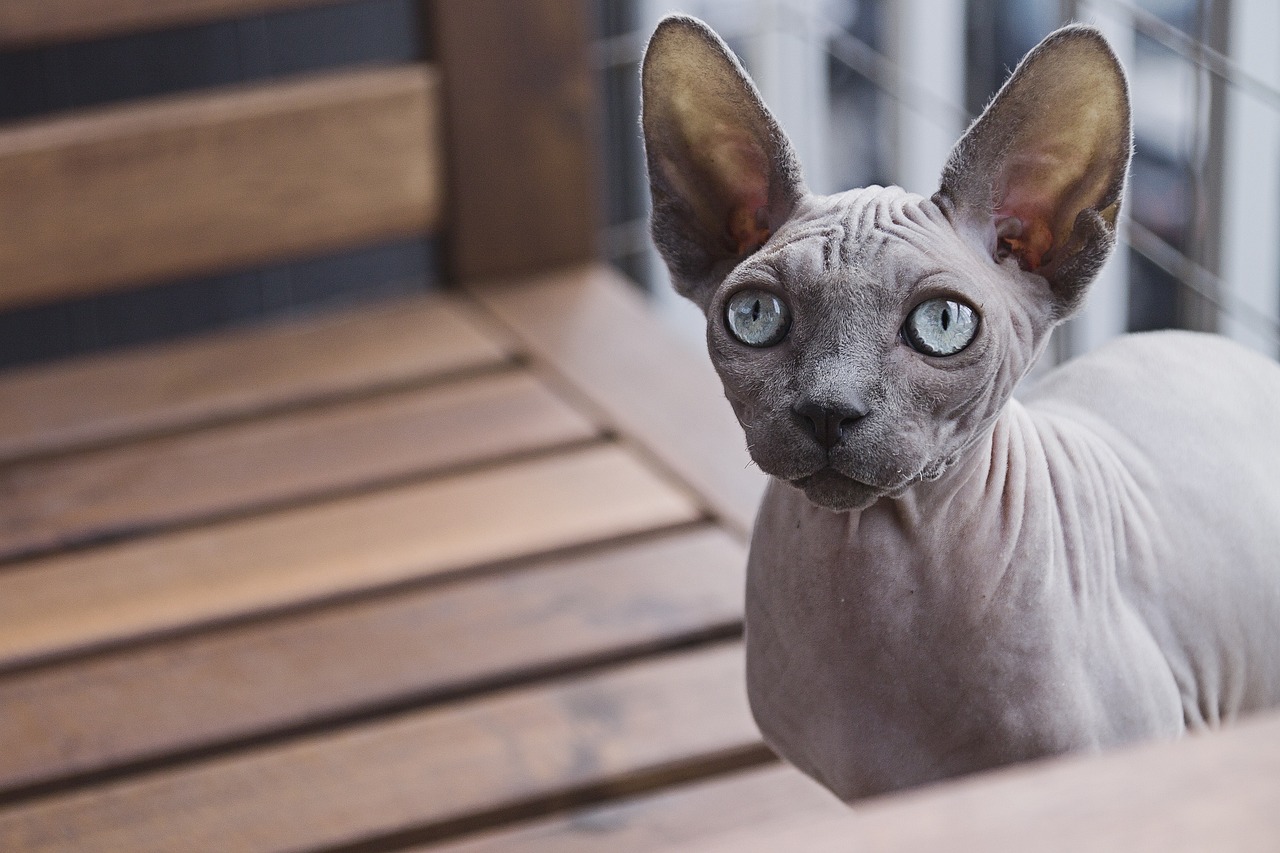
Hairless Sphynx cats don’t shed, but they need regular bathing to control skin oils. They’re also sensitive to cold and sun. Social and affectionate, they’re wonderful companions but require extra effort.
4. Scottish Fold – Adorable But Prone to Health Issues
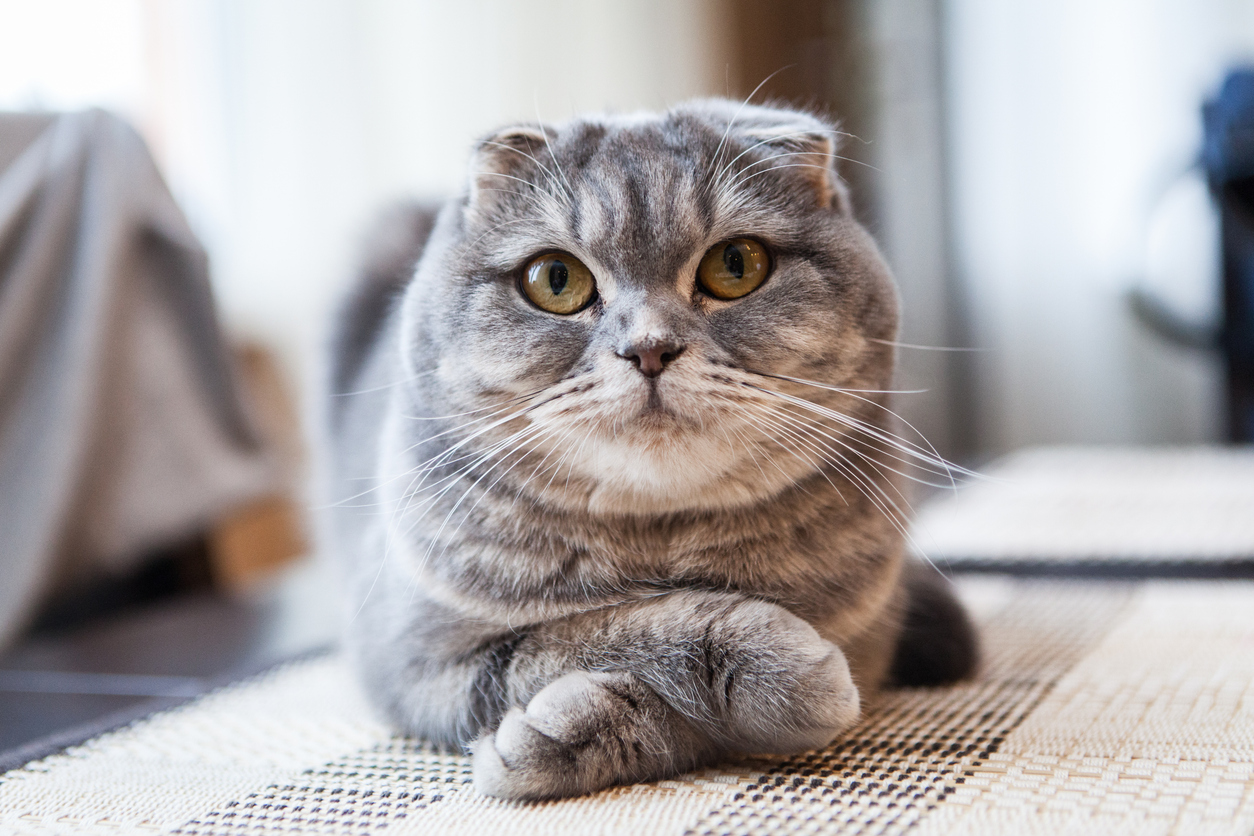
While they’re affectionate, Scottish Folds often suffer painful joint issues due to the genetic mutation that creates their folded ears. Prospective owners should be prepared for medical challenges.
5. Maine Coon – The Giant That Requires Space
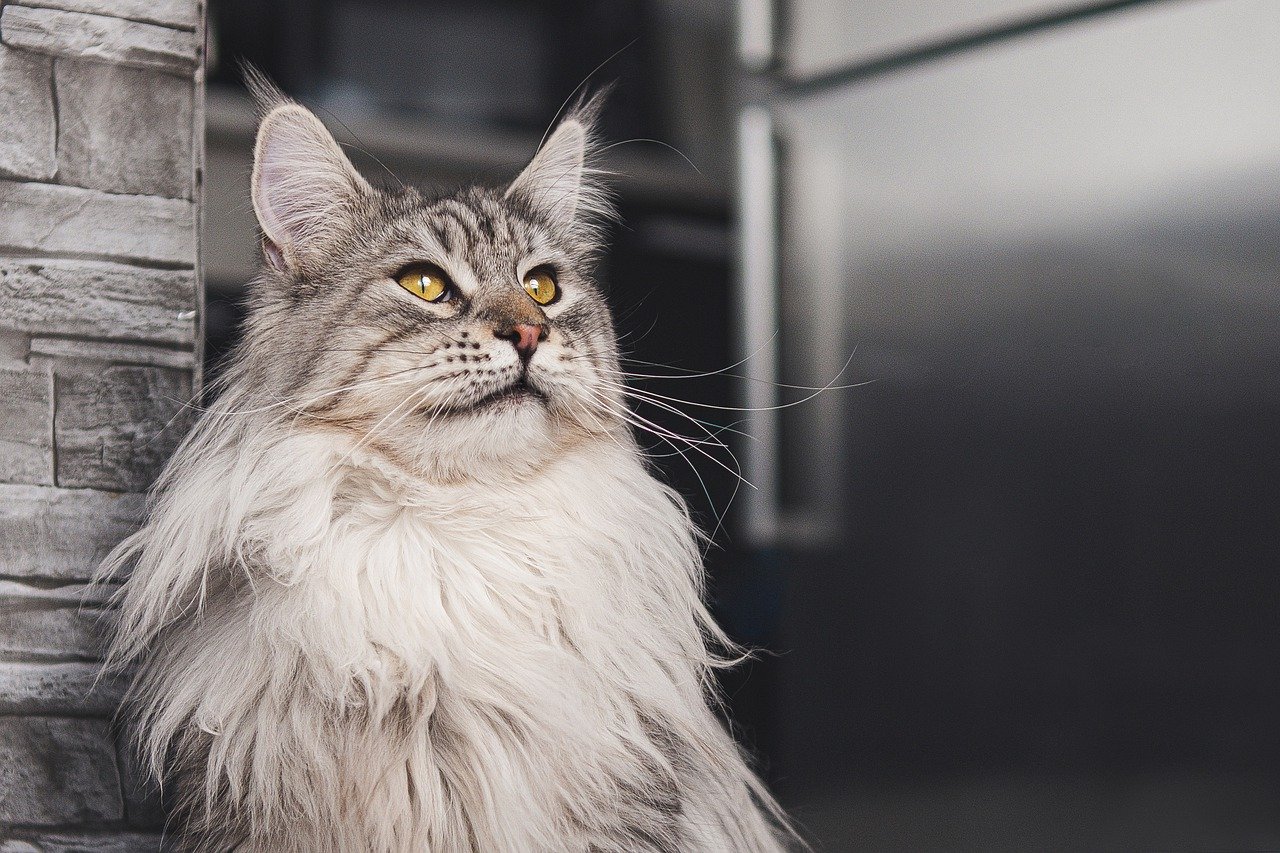
Friendly and playful, yes — but their size, appetite, and coat maintenance can overwhelm some owners. They’re also prone to heart disease (HCM). Best for people with space, time, and resources.
6. Persian – The High-Maintenance Beauty
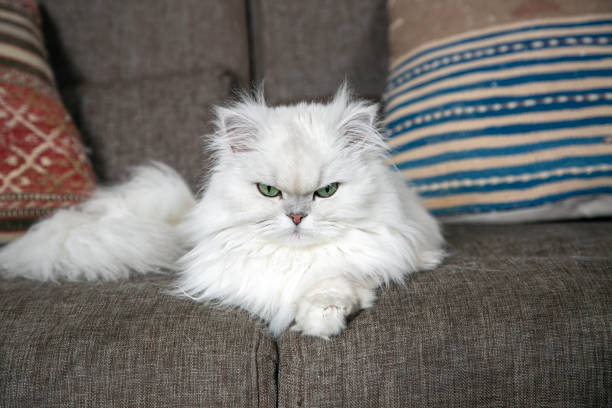
Their long coats need daily brushing, and their flat faces can cause breathing and eye problems. They’re also prone to kidney disease. Persians are gentle, loving cats, but require serious grooming commitment.
7. Savannah Cat – A Wild Spirit in a Domestic Home
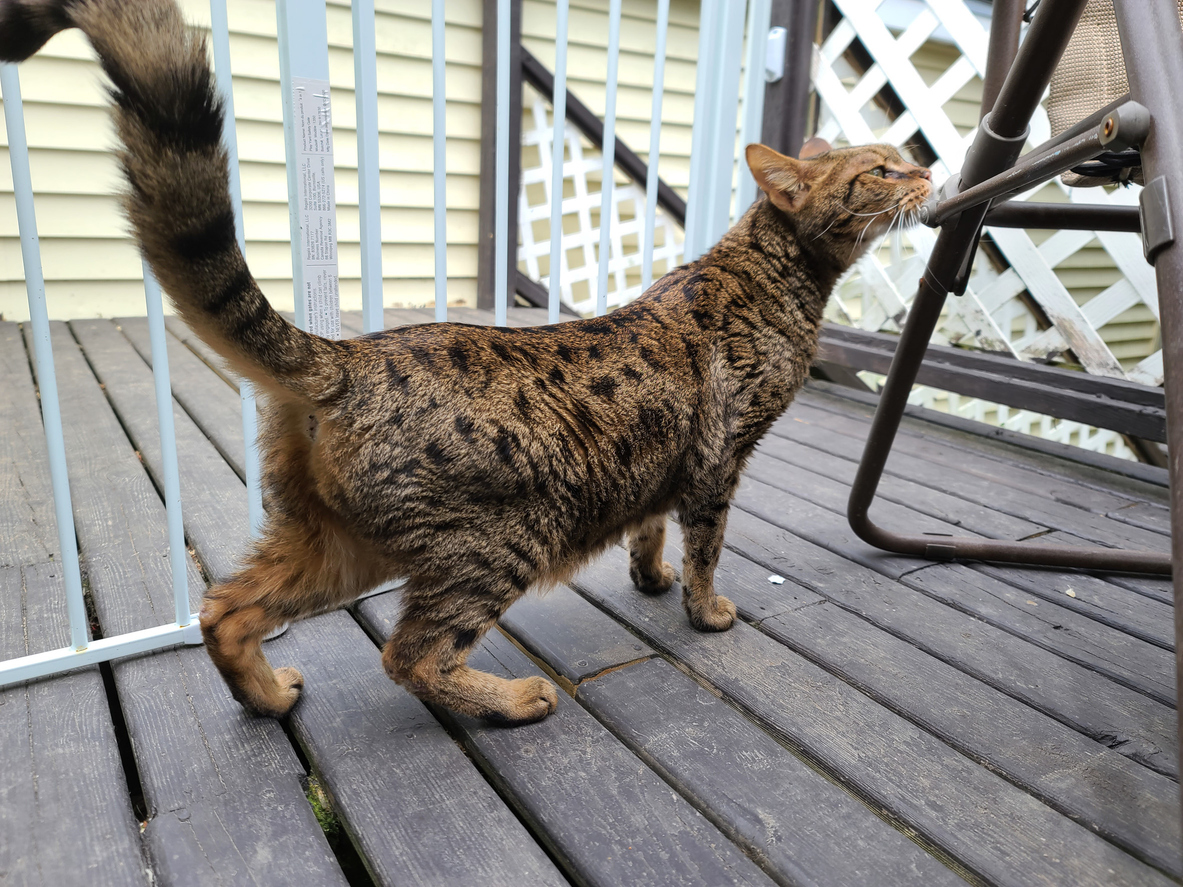
A hybrid of servals and domestic cats, Savannahs are intelligent, active, and need huge amounts of stimulation. They’re not typical house cats and may even be restricted in some areas. They’re incredible, but only for very experienced owners.
8. Ragdoll – The Sweetheart That Demands Devotion
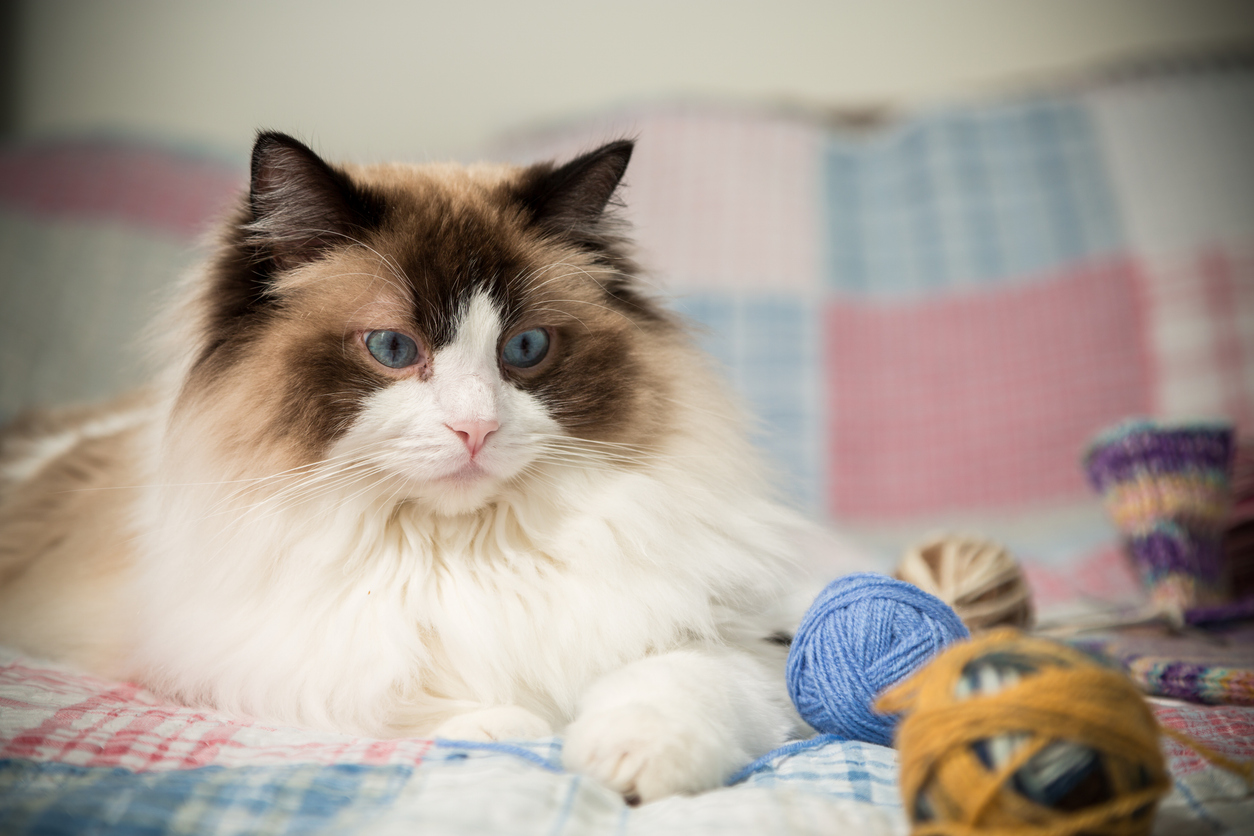
Ragdolls are affectionate and docile, but they dislike being left alone. They’re also not street-smart and should be indoor-only cats. Wonderful pets for devoted owners, but not ideal for people away from home often.
9. Chausie – The Untamed Athlete
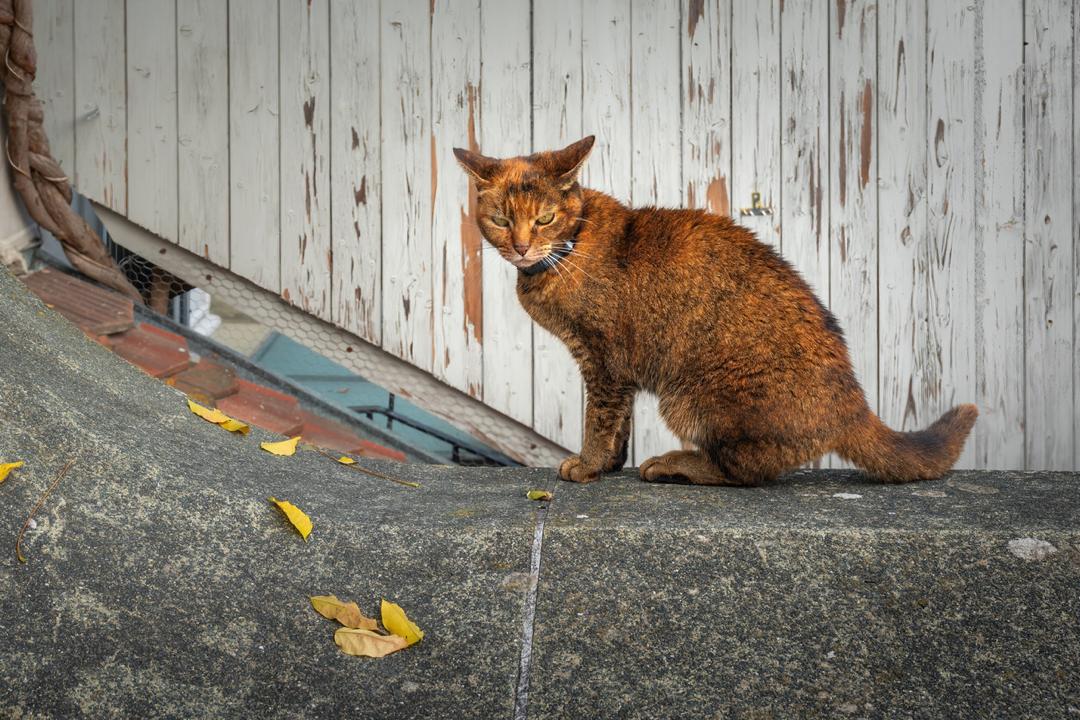
A jungle cat hybrid, Chausies are athletic, independent, and need hours of stimulation. They’re not particularly cuddly and can be challenging for casual owners.
10. Turkish Van – The Water-Loving Escape Artist
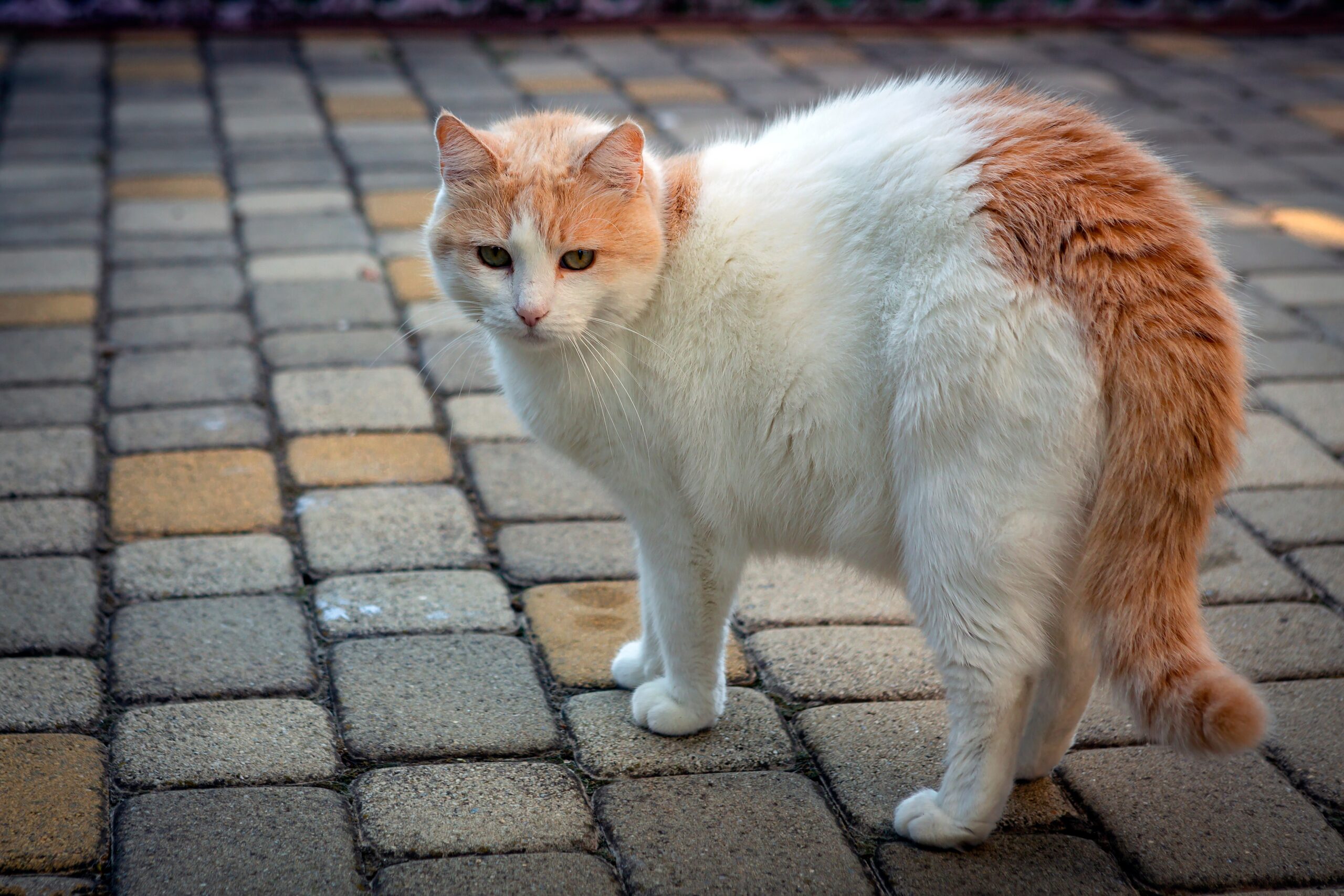
Turkish Vans are playful and affectionate but also love water and escaping outside. They need lots of supervision to keep them safe. Fun and unique cats, but not for everyone.
Final Thoughts: No cat breed is truly the “best” or “worst.” Some are simply easier to care for, while others demand more time, energy, and resources. The key is to match the right cat breed with the right household and lifestyle — that way, both the cat and owner thrive.


